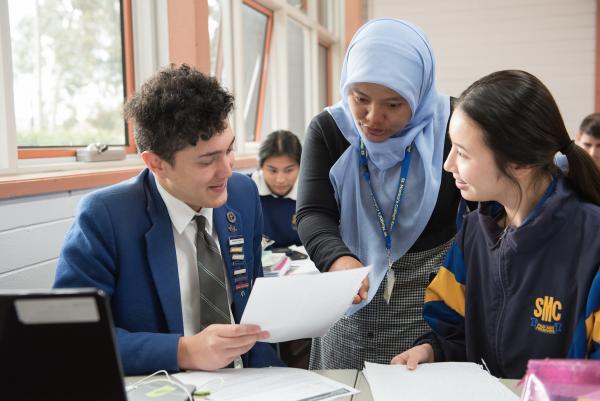If you think about it, what does it mean to be a country: Having your own currency? A capital city? Your own license plates?
If these are your criteria, then welcome to Transnistria, a "country" sandwiched between Moldova and Ukraine. If you’ve got other criteria—like being recognized by most of the United Nations—well, then, maybe you will consider this just another break-away state.
Can you imagine there are a handful of unrecognized territories scattered around the world? These are some others (along with the country they are most closely associated with): Sahrawi (Morocco), Northern Cyprus (Cyprus), South Ossetia and Abkhazia (Georgia), Kosovo (Serbia), Artsakh (Azerbaijan) and Somaliland (Somalia).
Even more fascinating, there is a “World Cup” soccer tournament for them, the CONIFA World Football Cup.
A country by any other name
One really interesting aspect of Transnistria (officially called the Pridnestrovian Moldavian Republic) is the different ways it is often spelled. Transnistria is the most common, with Transdniester as an alternate spelling, and Priednestrovia as the way it is spelled within its own territory.
All of these names refer to it as the land across the Dniester River. This territory is a thin ribbon of land running north-south along the very winding course of the Dniester on its western boundary and Ukraine on the eastern.
What it’s like to visit Transnistria
If you’ve made it to Moldova, you’re probably already an adventurous traveller, trying to find hidden gems and places that others have never been to or even heard of.
And once inside Moldova, getting to Tiraspol, the so-called capital city of Transnistria, is surprisingly easy. From the central bus station next to Piata Centrala, there are mashrutkas (a sprinter van/minibus, which is usually white) leaving from stall #14 every half-hour or so.
A ticket to Tiraspol will cost about €3 and can be bought from the CASA next to stall #11. There are signs on this ticket window indicating which destinations it serves. (There are at least three separate ticket windows around the station each serving different destinations).
Once on the mashrutka, the ride is actually pretty short. After you leave Chisinau, you might recognize that you zip right past the airport and it’s only 50km to Bender, which is technically Transnistria even though it is on the west side of the Dniester River.
This was particularly confusing for me—because literally Transnistria means “across the Dniester River”—but in the peace negotiations after the Transnistria War in 1992 (in which roughly 1000 were killed and 2000 were wounded), a certain small part of Transnistria is on the west side of the river. This is Bender, which was formerly known as Tighina. There’s also a fortress there worth visiting if you have the time.
But even before you get to Bender, you first pass the checkpoint to leave Moldova proper, and then pull up to what some refer to as the Welcome Gate. At this point, the mashrutka pulls over, you hop out and enter a small office where you show your passport to a person seeming to be a border guard, and instead of stamping it, the guard prints out what looks like a little receipt with your personal details and the time you entered.
After getting our little receipt, we walked across the “border” where the mashrutka was waiting for us. Actually it was quite simple even though we were very nervous. In the last few weeks there has been a lot of news about false flag Ukrainian military operations designed to necessitate additional Russian troops to supplement the 1,500 who are already there, protecting a garrison of military armaments remaining from the Soviet time.
Arriving in Tiraspol
Most of the mashrutkas will stop in Bender and let people out and then proceed across the river and into Tiraspol, arriving at the train station within a few minutes. This is also where you will catch the mashrutka back to Tiraspol, but note that you need to buy that ticket with TN rubles. You can exchange dollars/euros/lei for rubles at the station (depending what time you arrive) or any bank.
You will also notice that your mobile phone may or may not work, so don’t rely on that. Try to save a map for offline use before you go, just in case. Your credit cards probably also won’t work so make sure you’ve got cash. Apparently this is because the financial network in Transnistria isn’t connected to the global banking network.
Explore to your heart’s content
There are plenty of online resources for what to do and see in this unique place so have fun and enjoy your time there. It's unlike any other place in the world, which is what I think most of us are looking for when we travel. I particularly enjoyed Catherine the Great Park and Suvorov Park.
But another highlight for my wife and I was eating at the “Back in the USSR” café which was a great representation of what most people say about Transnistria: it is a time capsule from 1992, showing pretty much what life was like when this, um, "country" was established.
Add this article to your reading list




